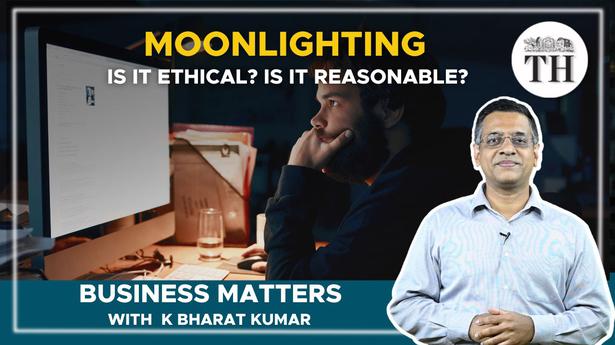A video explaining moonlighting and the law behind it.
A video explaining moonlighting and the law behind it.
Moonlighting – or employees working for remuneration with entities other than their employers – has been a hot topic in recent months.
Moonlighting by people is not new. Many rags to riches stories tell us of those who found success having worked 2 or even 3 jobs at the same time in their youth. Tuitions by school teachers are likely as old as the education industry.
What’s new now? Those having desk jobs, whose work requires only the use of a computer and the Internet likely saw efficient use of time during much of the pandemic. With more time on their hands, it was easier to take on a few projects outside of work and earn a bit.
In July, Kotak Securities said that a study it had conducted found at least 60% of 400 employees surveyed said they themselves had, or knew someone who had engaged in moonlighting. In August, Wipro chairman Rishad Premji tweeted: “There is a lot of chatter about people moonlighting in the tech industry. This is cheating – plain and simple.”
But companies have reacted differently to all this. Wipro sacked 300 employees following the discovery that they were working for rival firms on the side, leading to conflicts of interest. Infosys has warned staff against moonlighting, saying it could lead to termination. Swiggy announced a ‘moonlighting policy’ that allows employees “to pursue their passions for economic interests alongside their full-time employment.”
What does the law say on moonlighting? Is it time for the gig economy?






